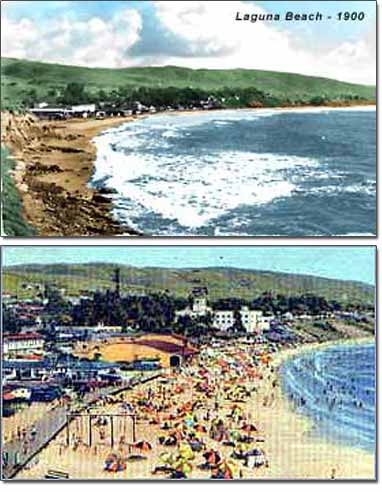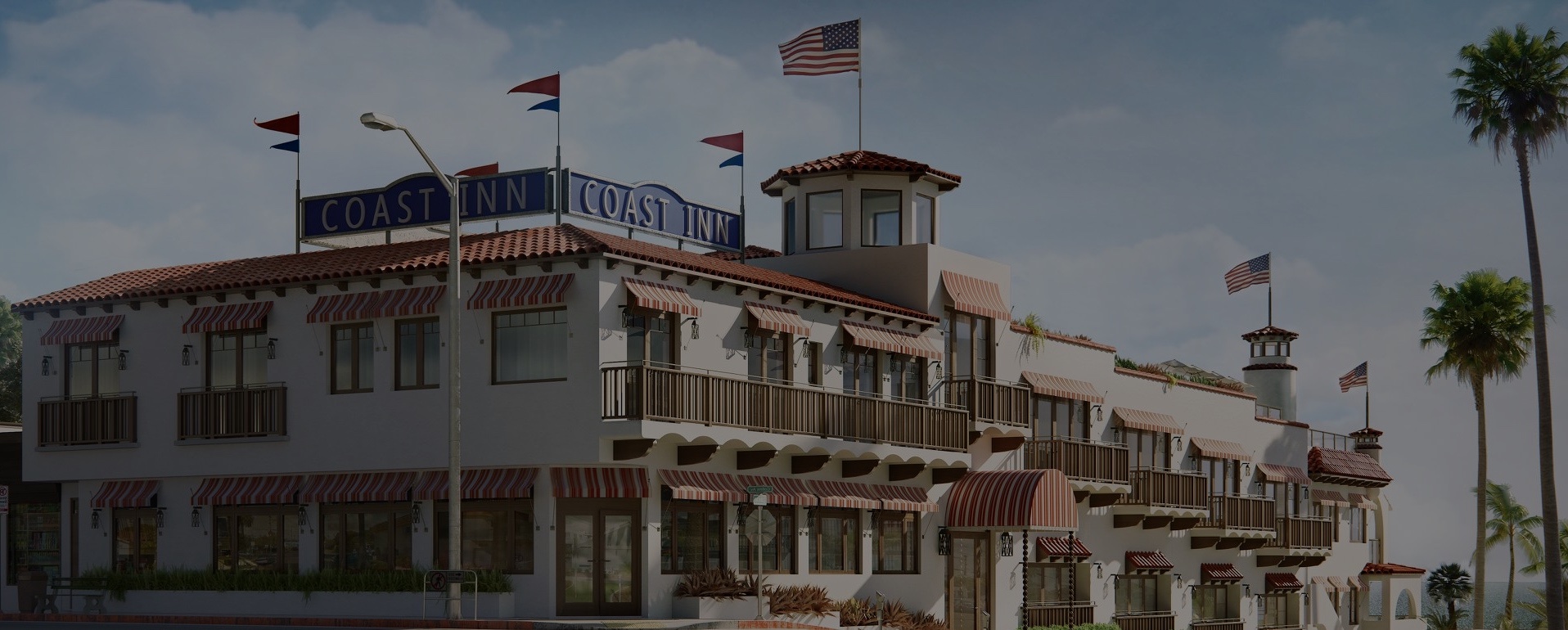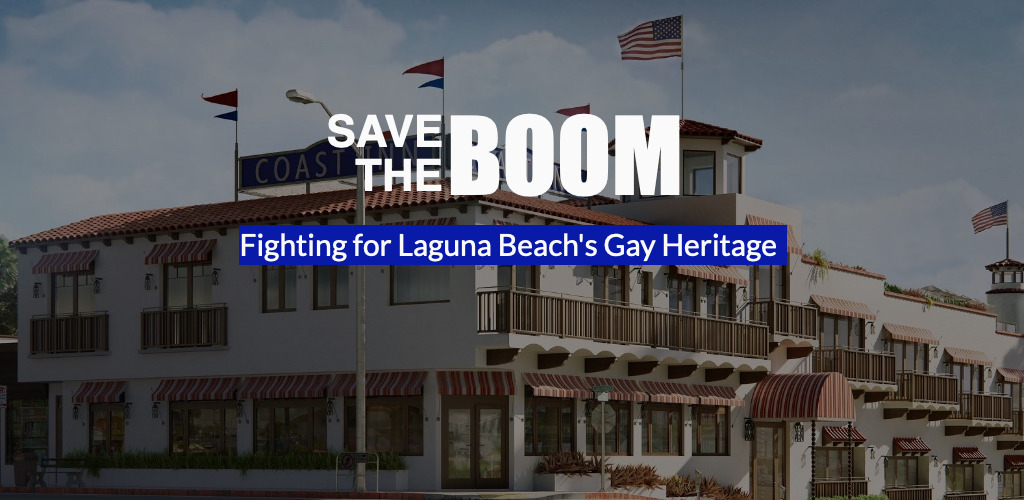The event that changed Laguna forever was when watercolorist Norman St. Claire pulled in on the stage in 1903 and began to paint the surf, hillsides, and lagoons.
 His fellow plein air artists in San Francisco were so impressed with his work and his praise of the weather that they followed. By 1917, about 40 artists were established here, including Gardner Symonds, Frank Cuprien, William Griffith, Edgar Payne, and William Wendt.
His fellow plein air artists in San Francisco were so impressed with his work and his praise of the weather that they followed. By 1917, about 40 artists were established here, including Gardner Symonds, Frank Cuprien, William Griffith, Edgar Payne, and William Wendt.
With the opening of a new stretch of Coast Highway in 1926 (actress Mary Pickford cut the ribbon), it then became far easier to get to Laguna and slowly more people started to come. Musicians and writers joined the artist and moved to Laguna Beach, which was fast becoming known as a town of creative and modern thinkers. The Laguna Players debuted in the 1920s later to become the Laguna Playhouse.
By the 1930s Laguna Beach had become a social and vacation destination for the Hollywood elite. Hollywood stars who maintained homes here included Pickford, Bette Davis, Judy Garland, Rudolph Valentino, Charlie Chaplin, Mickey Rooney, Victor Mature. Many other entertainment industry heavyweights bought homes here and began to discover its beauty and tranquility.
And as more people moved to town, Laguna became a gay destination as well. By the late 1930s small gay bars opened up and Laguna Beach developed a worldwide reputation as a gay-friendly place to live and visit.
With regular police raids on Los Angeles gay and lesbian bars, men and women drove down for weekends and many for the entire summer. They came from across the country and around the world. Soon more and more gay men and women bought and built homes here because it was a safe and comfortable place for them to be gay. Los Angeles and other big-city bars were usually hidden in back allies or in industrial areas, so patrons would not be spotted going in or out. But in Laguna, even prominent and famous people could go out, socialize with friends and enjoy tolerance at its best. Many stars like Rock Hudson, Martha Raye, Robert Reed used to come to Laguna often.
Bars and restaurants boomed and by the 1960s and ’70s, Laguna Beach was known internationally for its beaches, weather, fun times, and gay and lesbian life.
By the 1980s the gay population had risen to an estimated 25 to 30 percent. The voters even elected Bob Gentry, an openly gay university professor, to the City Council in 1982. Seven years later, Gentry became the first openly gay mayor in the United States.
Over the past 25 years, Laguna Beach’s gay community has settled in. Laguna has become an even better place to live, work, and visit. Many of Laguna’s gay residents are active in city government and serve on numerous boards and commissions. They participate in a wide variety of civic, community, and charitable organizations as well. There have been other openly gay mayors and City Council Members after Bob Gentry, and the City Council continues to be a national leader on important and groundbreaking issues.
Gay and lesbian visitors bring millions of dollars to city coffers. Laguna Beach has become a year-round resort and travel destination, attracting international and well as domestic visitors. These visitors are staying in all of the city’s hotels, motels, and bed and breakfasts. They are dining out, shopping in the community, and going home with wonderful memories of their visit to paradise. And when they return home, they are talking up Laguna Beach, California, to all of their friends, relatives, and coworkers.
While Laguna thrives and prospers, its rich history is the foundation that makes this community strong and will keep it a welcome home to diversity and tolerance for generations to come.





